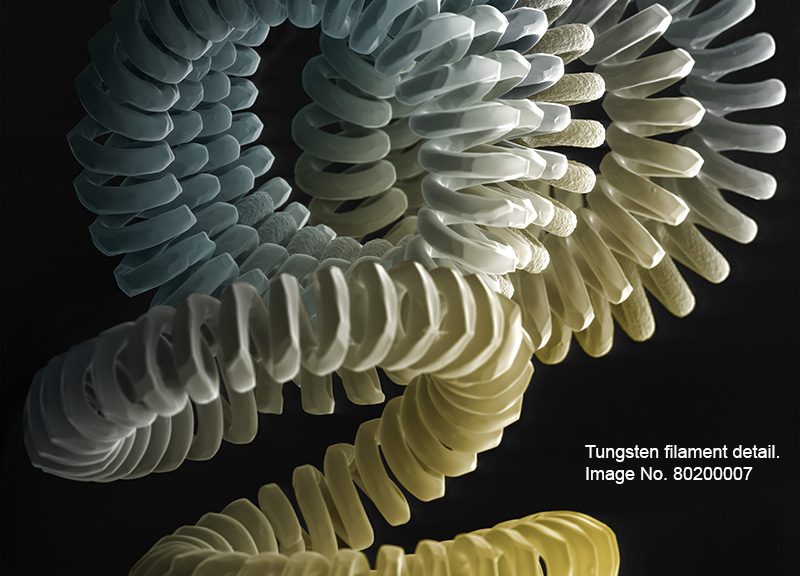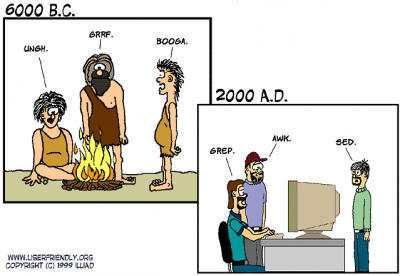
Then and now…
 Imagine, in the beginning, when calculators, computers, digital cameras and horror of horrors, mobile phones didn’t exist. Indeed, if you had a telephone it came attached to a house by a long black cable and the only thing you could do with it was make a telephone call.
Imagine, in the beginning, when calculators, computers, digital cameras and horror of horrors, mobile phones didn’t exist. Indeed, if you had a telephone it came attached to a house by a long black cable and the only thing you could do with it was make a telephone call.
Only 3 channels on TV!
Imagine also there being only 3 television channels to watch, in black and white of course, with no chance of recording a programme in the unlikely event of a clash as even an affordable, commercially available video tape recorder was a futuristic dream by some years.
CD and DVD were just letters

CD and DVD were just letters of the alphabet, digital and binary were terms used solely by academic mathematicians who could only cope with two numbers and the nearest thing to software was hardware, a shop down the road that sold coal shovels. Nor would you have a computer or tablet on which to read this. A place of nightmares for most early 21st century youngsters who find it impossible to live without their mobile phones, iPads and Xboxes. No, this was not millions of years ago when dinosaurs ruled the world, it was how life was in 1965 on planet Earth.
Then…

However, during those dark mediaeval times, the Telegraph newspaper published a colour supplement magazine with photographs the likes of which had never been seen before by the general public. A dentist’s drill looking like something a car mechanic might use; a length of double-coiled cable that might have once adorned a hair drier, in reality a filament from a light bulb; a shaft of beard hair resembling the trunk from a New Zealand tree fern and a piece of trawlerman’s net that turned out to be the knitted fibres of a nylon stocking.
It was inspirational!
The images astounded many and certainly fired the imagination of a youngster I once knew to try and follow some form of scientific career. All the micrographs had been produced using a new type of microscope, the first commercially available scanning electron microscope (SEM), manufactured by Cambridge Instruments and marketed as the Cambridge Stereoscan.
…and now

The micrographs were stunning and certainly hard won though by modern standards now appear dated. These days the use of scanning electron micrographs to illustrate or enhance many a literary work is commonplace and almost obligatory but the age of digital photography has to a considerable extent and much regret, devalued their status.
Of little value
With so many of the population owning a digital camera (or perhaps more accurately, an image capturing device) in one form or another ready to ’snap’ the most trivial of subjects, the average person now attributes little if any value to most images. The work and expertise required to produce any high-quality image is lost or ignored. A consequence of this is that many images are being stolen and freely distributed over the worldwide web without any consideration of copyright, the work or even the cost having gone into producing them.

IMAGE REF: 80200675
Left is an image of human chromosomes cultured, extracted and isolated from leucocytes (white blood cells). Cost to produce, over £1,000 in consumable supplies and many hours of complex work, these images are a far cry from a simple ‘snap’ taken with a point-‘n’-shot mobile phone camera or something similar.